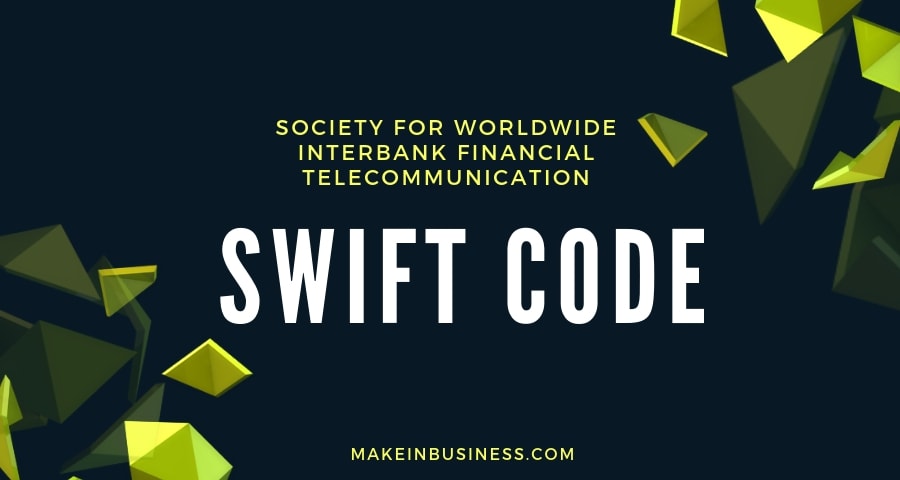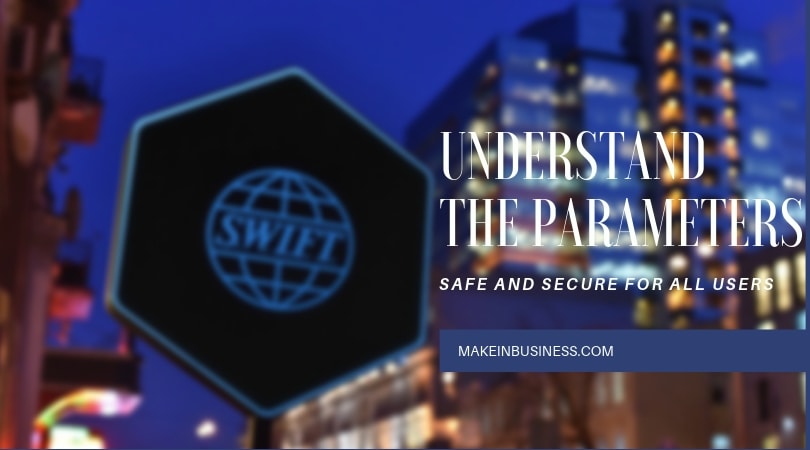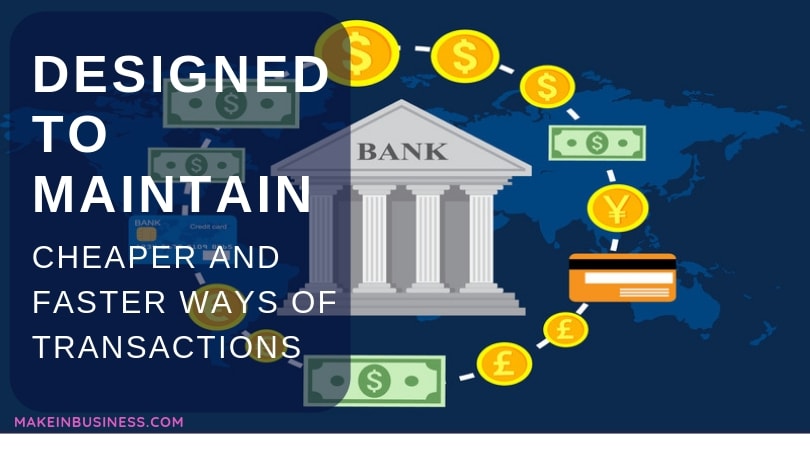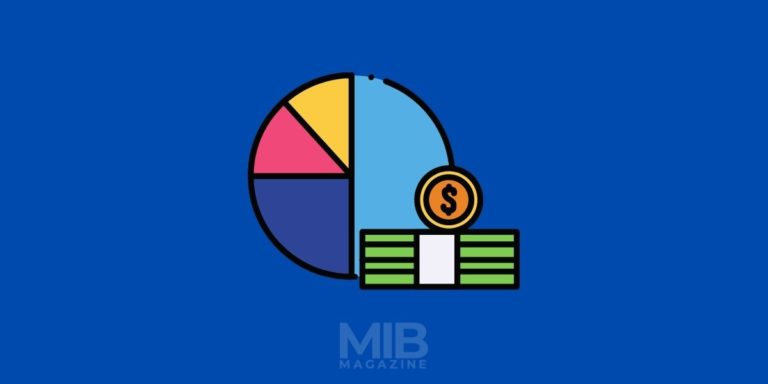Are Swift Codes Safe?

With the advancement of technologies, transactions have been made more accessible and convenient than before. Along with this, there are tools that many people don’t understand how they came to be, and one of them is SWIFT. There have been questions about the security of this particular tool, but first, we need to know its basics.
SWIFT is short for the Society for Worldwide Interbank Financial Telecommunication. This is a network that financial institutions use to communicate with each other through a system of codes. This system of codes has been used by many institutions for more than 40 years now.
SWIFT Codes
SWIFT has assigned each bank a unique code to identify itself. Although most banks use this system, each bank has the option to obtain a SWIFT Code checker in their system. Because SWIFT is only a messaging network, banks have the option whether or not to use it for their transactions.
SWIFT is not the only network that handles communication between different banks. There are various other networks, including Fedwire and CHIPS, that exist today, but SWIFT is the most dominant. Moreover, all messaging networks communicate through a system of codes that are distinct from each other.
SWIFT offers a cheaper, faster, and reliable tool for banks to communicate. Its services made it renowned among people doing transactions with banks across the country. However, just like any other online modern tools, SWIFT has security issues that diminish people’s trust.
Security of SWIFT

Many people have now been asking whether SWIFT is still a secure method or not anymore. When talking about security, you need to understand that there are various parameters to consider. You need to determine these parameters and examine each of them.
The function of SWIFT is to communicate with banks regarding their transactions with one another. Basically, when a certain bank needs to send money to an international bank, it sends a message to SWIFT to tell the recipient bank that it is about to receive a certain amount of money from a certain bank.
This is important to note since many people do not understand what SWIFT is all about. It is merely a messaging tool used to receive instructions from a sender bank and relay that message to the recipient bank. SWIFT does not hold any funds from any banks and can never touch your funds during the entire process.
Instructions from banks can be account numbers or any alphanumeric codes that banks use and that the network understands. When the recipient bank receives the message, it can now release funds to the recipient user after a thorough examination.
The code itself, which SWIFT uses, is safe and secure for all users to use. SWIFT codes are merely there to identify each bank that joins the system. More than 200 banks have joined the system with no problem and transactions have no issues due to the code system.
The main problem that poses a threat to the users is the software application that SWIFT uses. As an online tool, there are various threats that make this system vulnerable to many errors. Add to that vulnerability the imperfection of people who use the tool, who can make mistakes at any point of a given time.
Regarding sending messages to different banks, SWIFT is more than reliable to do that. You do not have to wait for a week to transfer money from your account to another. You just have to wait for less than a day or two for your funds to get cleared and finish your transaction.
The only problem with the software of SWIFT is its filter on incoming messages. SWIFT itself is not responsible for authenticating messages, but the banks themselves. If anything goes through using SWIFT, it goes directly to the bank, and then the bank will verify the message.
When the message is proven to be genuine and no suspicious activity is seen, the funds will be transferred to the specified account. Whether the hackers sent the message or any of the staff, SWIFT cannot identify such things because the message has certification to go through the system. This creates a challenge for banks to increase their security level.
The banks’ cybersecurity system should ensure that all payment orders are legal before clearing the funds to a certain account. Banks are most vulnerable when they are closed, on a Holiday, or at a peak time. Hackers tend to bypass predictable security measures in a bank and make huge transactions to different bank accounts.
Since the infamous hack in the computer systems of Bangladesh Bank in 2016, SWIFT’s security has been questioned by many. Remember that SWIFT only sends payment orders and not actual funds. Although it contains the amount, account numbers, and other sensitive information, it does not hold money.
The sole problem of this infamous breach is the banks’ cybersecurity system. SWIFT certifies banks that join their network to ensure that banks are legitimate and genuine. With this certification, hackers can bypass the bank’s cybersecurity measures and send international money transfers – without being suspicious with the SWIFT.
Putting all this information together, you can say that SWIFT is in itself safe to be used as a messaging network. With their ability to certify legitimate financial institutions, payment orders cannot be deemed as fraudulent. Whenever payment orders are seen suspicious, the problem will then go back to the banks themselves.
Cybersecurity System

It is vital to know how cybersecurity plays a significant role in these systems. When banks are certified with the SWIFT system, all payment orders will be received by a certain bank with no questions. The real problem starts when the accounts specified in the payment order contain characters or names that match an entity with legal issues, and this problem is identified when double-checking the account.
Banks implement different security systems in their institution, and some banks are able to prevent fraudulent transactions because of these. In the case of the SWIFT system, it is considered unbreachable by any person outside their knowledge. SWIFT is designed to maintain faster and cheaper ways of doing transactions with the banks.
Aside from cybersecurity systems, financial institutions have bookkeeping procedures to follow to approve orders. Manual checking can delay legitimate transactions, but it can also prevent illegal transactions from going through.
The Bottom Line
SWIFT codes are safe and reliable in conducting bank wire transfers. The SWIFT system can add verification processes for each payment orders they receive. However, SWIFT receives thousands of payment orders every day, and implementing this would nullify their purpose of faster transactions.
As of now, SWIFT certification to banks is more than reliable to do wire transfer using the SWIFT system.
FAQS
Yes, international banking transactions conducted using Swift Codes are incredibly secure. All messages sent using the Swift network are encrypted so that only authorized parties have access to the information. Additionally, Swift requires that all members use secure authentication methods such as digital certificates and tokens to ensure that messages have not been tampered with.
Yes, it is safe to enter your Swift Code online, so long as you are entering it into a trusted and secure website. Additionally, make sure you are entering the correct code for your bank so that your funds can be sent securely.
Banks that utilize Swift Codes and the Swift network are subject to a host of cybersecurity measures. All data is encrypted, account information is kept secure, and messages are sent and received via secure authentication procedures. Additionally, most banks offer extra security measures like two-factor authentication to ensure complete security.
As with any transaction that involves money, there is always the risk of scams. Make sure you are always aware of the risks, such as fake websites asking for personal information, and avoid clicking on any links that you are not sure of. If you suspect a scam, contact your bank immediately.
The best way to find a secure Swift Code is by going to the official website of your bank. All the information related to your bank’s Swift Code will be listed there. Make sure you look for the secure site symbol, like the ‘https’ or the padlock icon before entering any information.
You can always check with your bank to confirm that you are using the correct Swift Code. Additionally, it is important to make sure that the code you are entering is correct, as incorrect codes can cause delays in payments.
Entering the wrong Swift Code can cause a delay in your payment and could result in the funds being sent to the wrong bank. If this happens, contact your bank immediately and ask them to help you get the funds returned.
The best way to protect yourself against fraud is to always be vigilant. Make sure only to enter your Swift Code into trusted and secure websites, be wary of any emails that contain suspicious links, and never give out any personal information online. Additionally, make sure to only use your bank’s official website when entering your Swift Code.
The Swift system is highly secure, and there has never been a successful hacking incident. All messages sent via the Swift network utilizes a range of security measures to ensure that messages remain secure. Additionally, all Swift members are required to use secure authentication methods, such as digital certificates and tokens, to guarantee data security.
Yes, the Swift system utilizes a range of built-in security features. All data is encrypted, and messages are sent and received via secure authentication procedures. Additionally, Swift requires all its members to use two-factor authentication, digital certificates, and tokens to guarantee data security.






